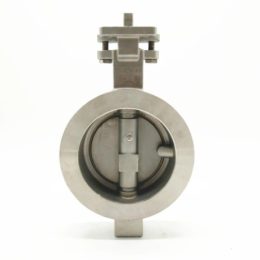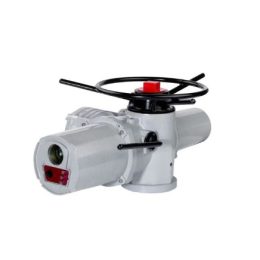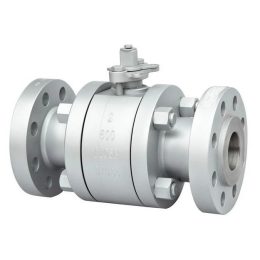Understanding Pressure Seal Gate Valves: Design, Features, and Applications

Pressure Seal Gate Valves
Pressure seal gate valves are designed to handle high-pressure and high-temperature applications in industries such as oil and gas, power generation, and petrochemicals. These valves are known for their reliability, durability, and long service life, making them a popular choice in critical applications. In this article, we’ll take a closer look at the design, features, advantages, and applications of pressure seal gate valves.
Design of Pressure Seal Gate Valves
Pressure seal gate valves have a simple but robust design that allows them to withstand high pressures and temperatures. The valve body is made from thick-walled forgings or castings, and the gate is usually a solid wedge or a flexible disc. The sealing surface of the gate is designed to match that of the valve body, ensuring a tight seal when the valve is closed. The valve bonnet is bolted to the body and contains a pressure seal gasket that compresses against the body when the valve is closed, providing a leak-tight seal.
Features of Pressure Seal Gate Valves
Pressure seal gate valves have several features that make them suitable for high-pressure and high-temperature applications. One of the most important features is the pressure seal bonnet, which provides a secondary seal that enhances the primary seal between the gate and the body. This design eliminates the need for external sealing, reducing the risk of leaks and improving safety. Another feature is the non-rising stem, which means that the stem does not move up or down when the valve is operated. This feature is important in applications where vertical space is limited.
Advantages and Disadvantages of Pressure Seal Gate Valves
Pressure seal gate valves have several advantages over other types of valves. They are designed to handle high pressures and temperatures, making them suitable for critical applications. They also have a simple design that is easy to maintain and repair. However, pressure seal gate valves also have some disadvantages. They are generally more expensive than other types of valves, and they require a large amount of force to operate. They also have a long operating time, which can be a disadvantage in applications where speed is essential.
Applications of Pressure Seal Gate Valves
Pressure seal gate valves are used in a variety of applications where high pressures and temperatures are present. They are commonly used in oil and gas processing, power generation, and petrochemicals. They are also used in applications where large volumes of fluid need to be controlled, such as in pipelines and refineries. Pressure seal gate valves are also used in applications where tight shut-off is required, such as in steam boilers and high-pressure steam lines.
Maintenance of Pressure Seal Gate Valves
Maintenance of pressure seal gate valves is essential to ensure their safe and reliable operation. Regular inspections and maintenance can help identify and prevent problems before they lead to costly downtime or accidents. Maintenance tasks may include cleaning and lubricating the valve, replacing worn or damaged parts, and checking the valve for leaks or other issues. It is important to follow the manufacturer’s recommended maintenance procedures and to use the correct tools and equipment for the job.
Pressure seal gate valves are an important component in many critical applications where high pressures and temperatures are present. Their simple but robust design, combined with their reliable performance and long service life, make them a popular choice in industries such as oil and gas, power generation, and petrochemicals. By understanding their design, features, advantages, and applications, operators and maintenance personnel can ensure that pressure seal gate valves are operated safely and maintained properly to provide optimal performance and reliability.



